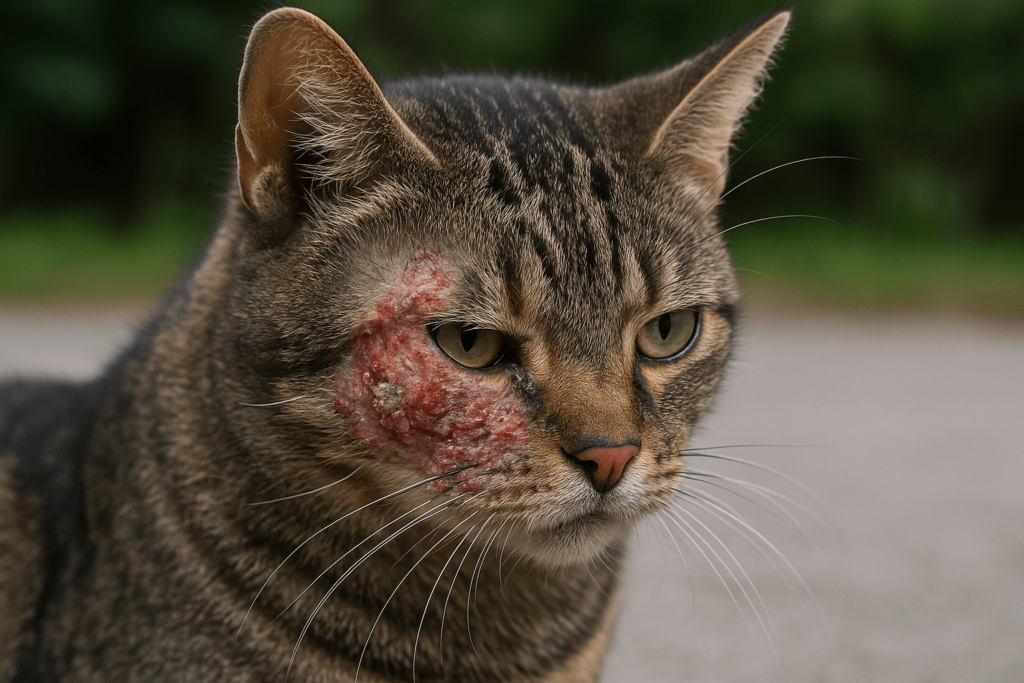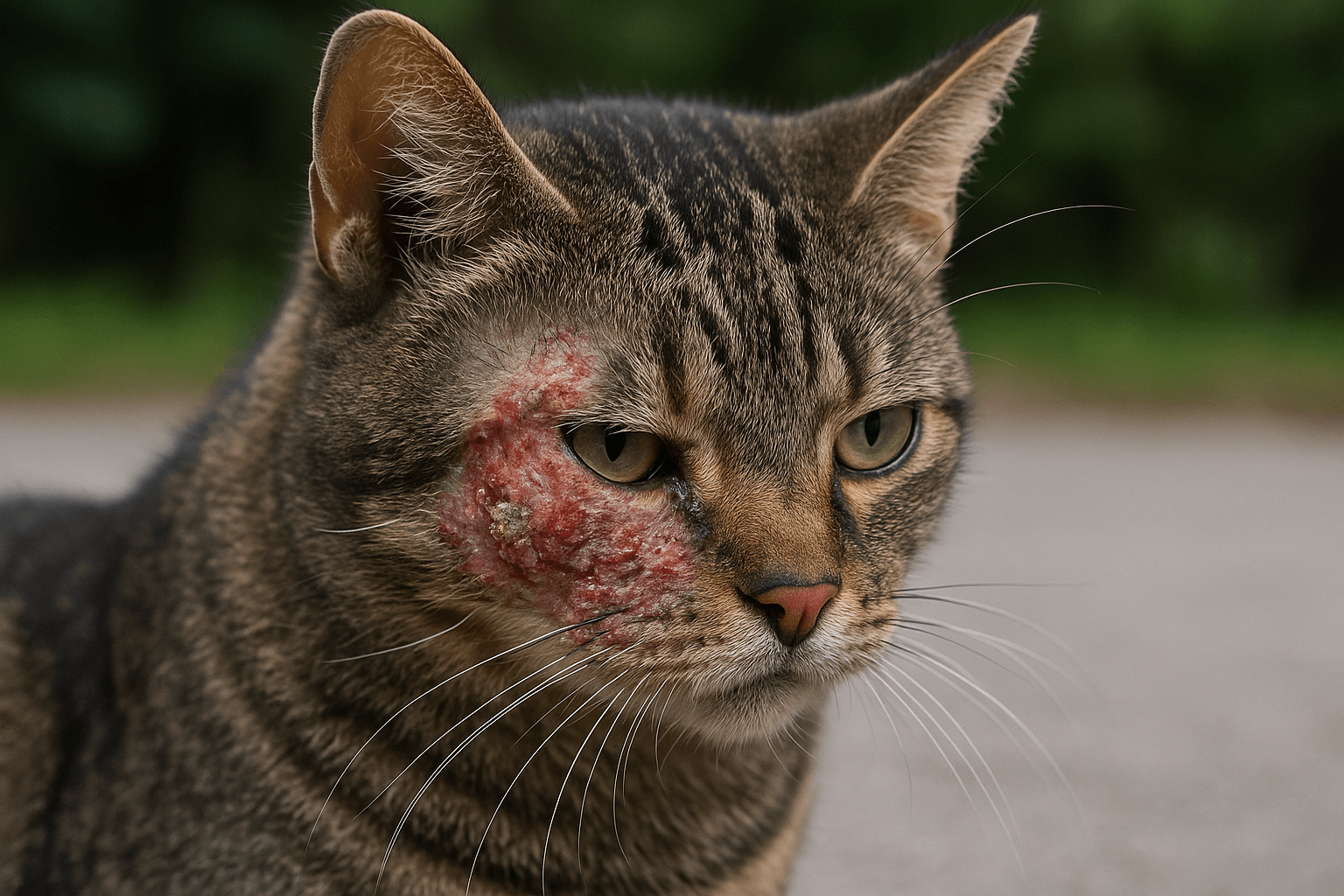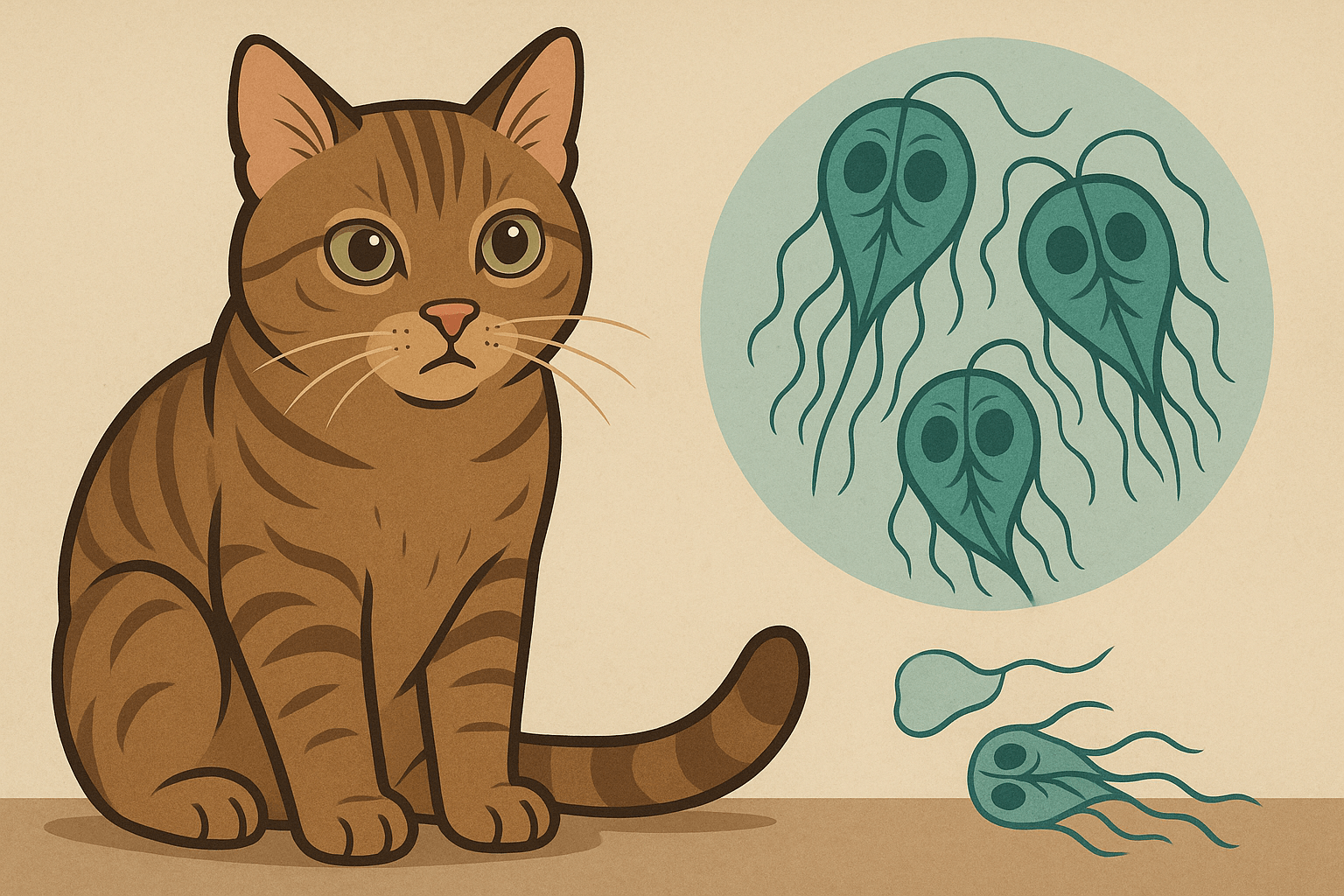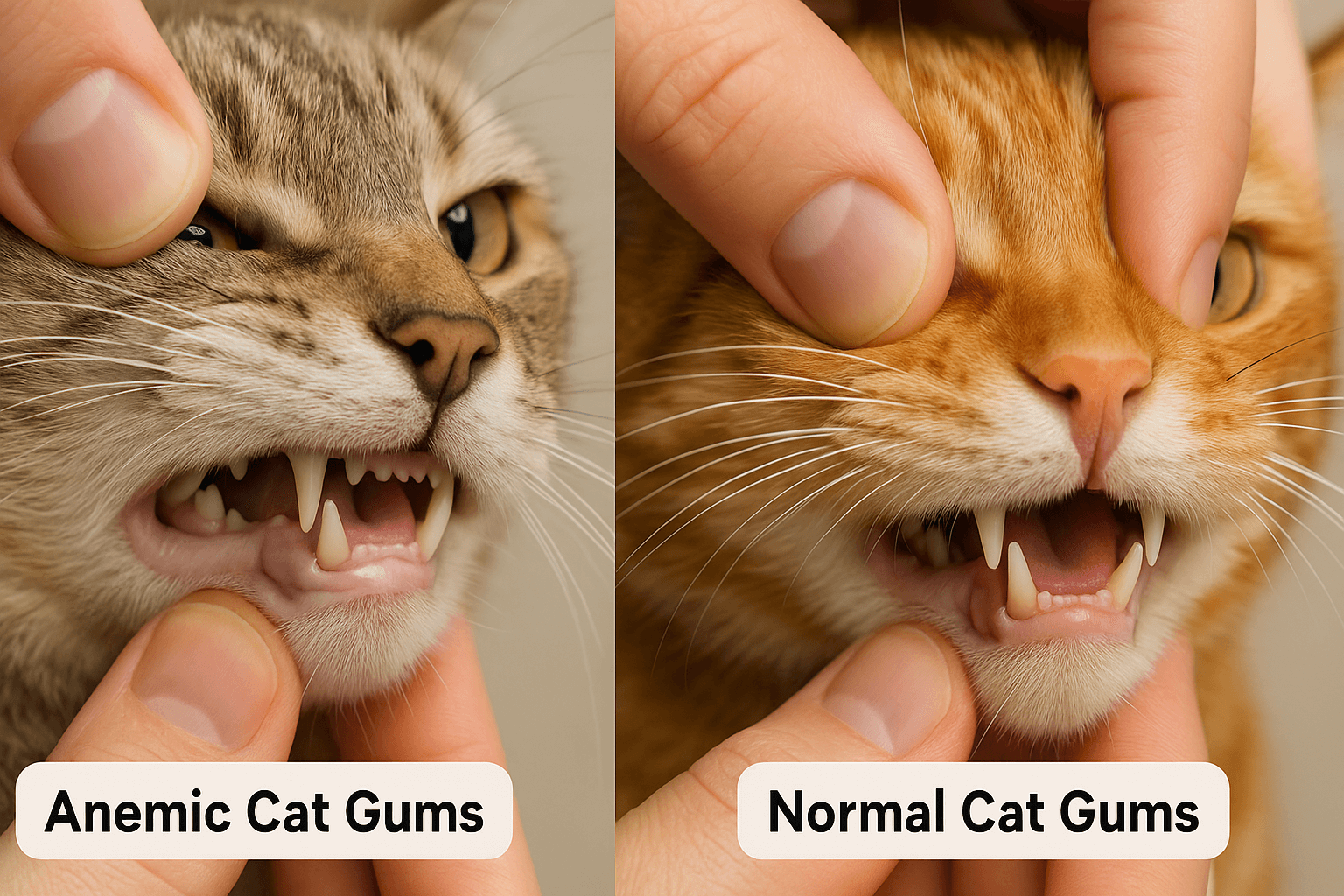Fungal Infection in Cats: What Every Pet Owner Should Know
Fungal infections in cats are more common than many pet owners realize, and while they’re not always life-threatening, they can cause significant discomfort and health issues if left untreated. These infections often manifest as skin problems, but they can also affect other parts of your cat’s body, including their respiratory system. Understanding the causes, symptoms, and treatment options for fungal infections is crucial for ensuring your feline friend stays healthy and happy. In this blog post, we’ll explore everything you need to know about fungal infections in cats, from prevention to recovery, so you can be prepared to act quickly if your pet shows signs of trouble.
Common Causes of Fungal Infections in Cats
Fungal infections in cats can arise from a variety of sources, and understanding these causes can help you take preventive measures to protect your pet. Here are some of the most common factors that contribute to fungal infections.
Exposure to Contaminated Environments:
Cats can contract fungal infections by coming into contact with contaminated soil, water, or surfaces where fungi thrive.Weakened Immune System:
Cats with compromised immune systems are more susceptible to fungal infections, as their bodies struggle to fight off pathogens.Overcrowded Living Conditions:
Multi-cat households or shelters with poor hygiene can increase the risk of spreading fungal spores among animals.Direct Contact with Infected Animals:
Cats can contract fungal infections through close contact with other infected pets or wildlife.Warm and Humid Climates:
Fungi thrive in warm, moist environments, making certain climates more conducive to fungal growth.
By identifying and addressing these risk factors, you can reduce the likelihood of your cat developing a fungal infection and ensure a healthier living environment.

Signs and Symptoms to Watch For
Recognizing the signs of a fungal infection early can make a significant difference in your cat’s recovery. Keep an eye out for these common symptoms that may indicate your cat is dealing with a fungal issue.
Skin Lesions or Hair Loss:
Patchy fur, redness, or scaly skin are telltale signs of a fungal infection like ringworm.Excessive Scratching or Licking:
Cats often scratch or lick affected areas to relieve itching caused by fungal irritation.Crusty or Flaky Skin:
Dandruff-like flakes or crusty patches on the skin can signal a fungal problem.Respiratory Issues:
Some fungal infections, such as blastomycosis, can affect the lungs, leading to coughing or difficulty breathing.Behavioral Changes:
A normally active cat becoming lethargic or irritable may be experiencing discomfort from an underlying fungal infection.
If you notice any of these symptoms, it’s important to consult your veterinarian promptly to confirm the diagnosis and begin treatment.
Check this guide 👉Understanding Cat Leg Infections: Best 7 Expert Tips!
Check this guide 👉Cat Sinus Infection Treatment: Best 7 Expert Tips!
Check this guide 👉Kidney Infection in Cats: Best 7 Expert Tips!
Preventive Measures | Treatment Options |
|---|---|
Regular grooming and hygiene practices | Antifungal medications prescribed by a vet |
Keeping your cat indoors | Medicated shampoos or topical treatments |
Cleaning shared spaces frequently | Oral antifungal drugs for severe cases |
Avoiding contact with infected animals | Environmental decontamination to prevent spread |
Maintaining a strong immune system | Nutritional support during recovery |
How to Prevent Fungal Infections in Cats
Prevention is always better than cure, especially when it comes to fungal infections in cats. By taking proactive steps, you can minimize the risk of your cat falling victim to these pesky pathogens.
Maintain a Clean Environment:
Regularly clean your home, bedding, and litter boxes to eliminate fungal spores that could infect your cat.Limit Exposure to High-Risk Areas:
Avoid letting your cat roam in damp or wooded areas where fungi are more likely to thrive.Provide a Balanced Diet:
A nutritious diet supports your cat’s immune system, helping them fight off potential infections.Schedule Routine Vet Check-Ups:
Regular veterinary visits allow for early detection of any health issues, including fungal infections.Quarantine New Pets Temporarily:
If introducing a new cat to your household, isolate them temporarily to ensure they aren’t carrying fungal spores.
By implementing these preventive measures, you can create a safer and healthier environment for your feline companion.
Tips for Managing Ringworm in Cats
Ringworm is one of the most common fungal infections in cats, and managing it requires patience and consistency. Follow these tips to help your cat recover effectively.
Isolate the Infected Cat:
Keep your cat away from other pets and family members to prevent the spread of ringworm spores.Wash Bedding and Toys Frequently:
Launder all fabrics your cat has come into contact with using hot water and detergent to kill fungal spores.Use Disposable Gloves:
Wear gloves when handling your cat or cleaning their belongings to avoid spreading the infection.Administer Medication as Directed:
Follow your veterinarian’s instructions carefully when applying topical treatments or administering oral medications.Monitor Progress Closely:
Keep track of improvements or setbacks and report any concerns to your vet promptly.
With proper care and attention, most cats recover fully from ringworm within a few weeks.
Common Misconceptions About Fungal Infections
There are several misconceptions about fungal infections in cats that can lead to confusion or improper care. Clearing up these myths helps ensure accurate treatment and prevention.
Myth: Fungal Infections Are Always Visible:
Some fungal infections, like those affecting internal organs, may not show outward symptoms until they’ve progressed significantly.Myth: Only Outdoor Cats Get Fungal Infections:
Indoor cats are also at risk, especially if exposed to contaminated environments or other infected animals.Myth: Fungal Infections Heal on Their Own:
Without treatment, fungal infections can worsen and lead to secondary health issues.Myth: Over-the-Counter Treatments Are Sufficient:
Prescription-strength medications are often necessary for effective treatment, so consult your vet before starting any regimen.Myth: Fungal Spores Disappear Quickly:
Fungal spores can survive in the environment for months, requiring thorough cleaning to eliminate them completely.
Understanding these truths empowers you to make informed decisions about your cat’s health.
How to Support Your Cat’s Immune System
A strong immune system is your cat’s first line of defense against fungal infections. Here are some ways to boost your cat’s immunity naturally.
Provide High-Quality Nutrition:
Feed your cat a balanced diet rich in protein, vitamins, and minerals to support overall health.Ensure Adequate Hydration:
Encourage your cat to drink plenty of water to maintain optimal bodily functions.Minimize Stress:
Create a calm and enriching environment to reduce stress, which can weaken the immune system.Offer Regular Exercise:
Engage your cat in playtime to keep them physically active and mentally stimulated.Supplement Wisely (Under Vet Guidance):
Certain supplements, like omega-3 fatty acids, may benefit your cat’s immune system when recommended by a vet.
Strengthening your cat’s immune system reduces their vulnerability to fungal infections and other illnesses.
When to Seek Emergency Veterinary Care
While many fungal infections are manageable with routine care, some situations require immediate veterinary attention. Knowing when to seek help can save your cat’s life.
Difficulty Breathing:
Respiratory distress could indicate a severe systemic fungal infection requiring urgent intervention.Sudden Weight Loss:
Rapid or unexplained weight loss may signal an advanced fungal infection affecting internal organs.Open Wounds or Bleeding:
Severe skin lesions that bleed or become infected need professional treatment to prevent further complications.Extreme Lethargy or Weakness:
If your cat is unusually inactive or unable to move, it may be a sign of a critical health issue.High Fever or Shivering:
Elevated body temperature or uncontrollable shivering can indicate a serious infection needing prompt care.
Acting quickly in these scenarios ensures your cat receives the medical attention they need to recover safely.
Frequently Asked Questions About Fungal Infections in Cats
Can humans catch fungal infections from cats?
Yes, some fungal infections like ringworm are zoonotic, meaning they can spread from cats to humans. Practice good hygiene to minimize risks.
How long does it take to treat a fungal infection?
Treatment duration varies depending on the severity of the infection but typically lasts several weeks to months.
Are certain breeds more prone to fungal infections?
No specific breed is more susceptible, but cats with weakened immune systems are at higher risk.
Can fungal infections recur after treatment?
Yes, recurrence is possible if the environment isn’t properly decontaminated or if the cat’s immune system remains compromised.
What should I do if my cat’s condition worsens?
Contact your veterinarian immediately if your cat’s symptoms worsen despite treatment, as this may indicate complications.
Protecting Your Cat from Fungal Infections
Fungal infections in cats may seem daunting, but with the right knowledge and preventive measures, you can keep your furry friend safe and healthy. From recognizing early symptoms to implementing effective treatments, every step you take contributes to your cat’s well-being. Remember, regular veterinary care and a clean, supportive environment are key to preventing and managing these infections. By staying vigilant and informed, you can ensure your cat enjoys a happy, fungus-free life.
Giardia in Cats: Best 7 Expert Tips! Discover expert advice on identifying, treating, and preventing giardia in cats to ensure your feline stays happy and healthy.
Cat Hyperventilating: Best 7 Expert Tips! Discover signs, causes, and solutions for cat hyperventilation. Learn how to calm your cat and when to seek veterinary care for their breathing issues.
Anemic Cat Gums vs Normal: Best 7 Expert Tips! Learn to spot signs of anemia in cats, understand gum health, and ensure your feline stays happy and healthy with expert advice.
Himalayan Cat Size: Best 7 Expert Tips! Discover expert advice on Himalayan cat size, growth factors, care tips, and how to ensure your feline stays healthy and happy.





